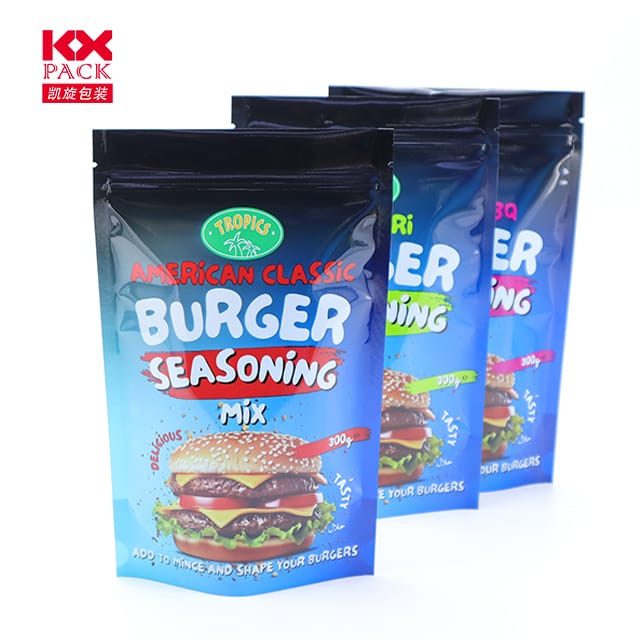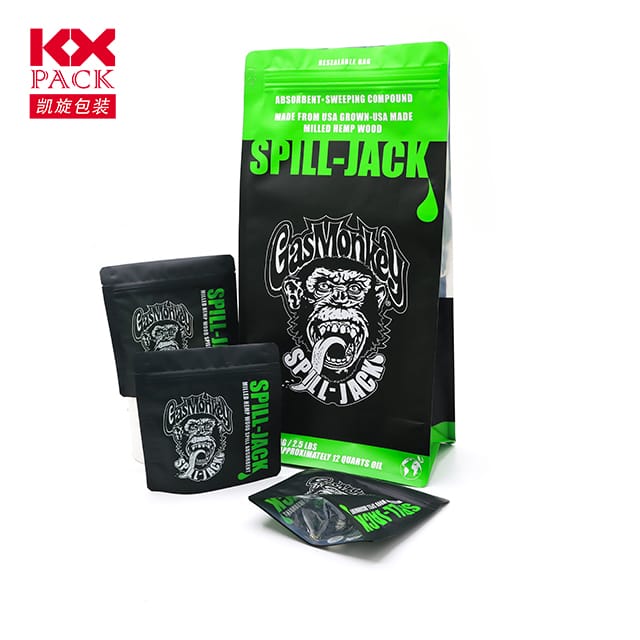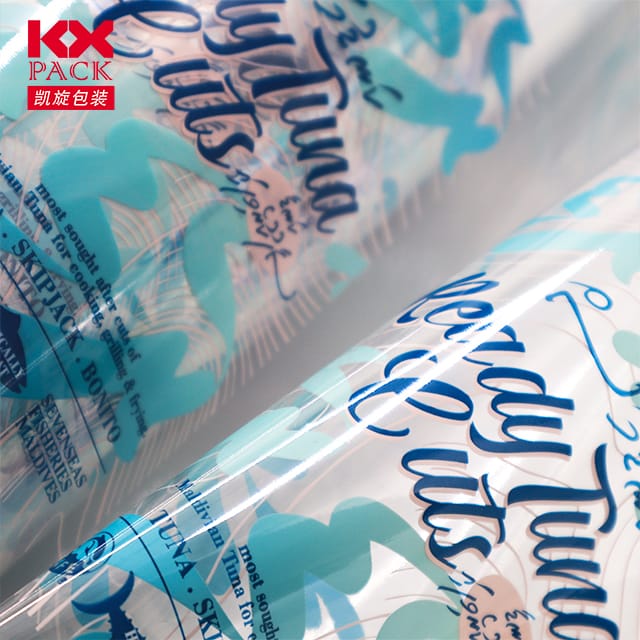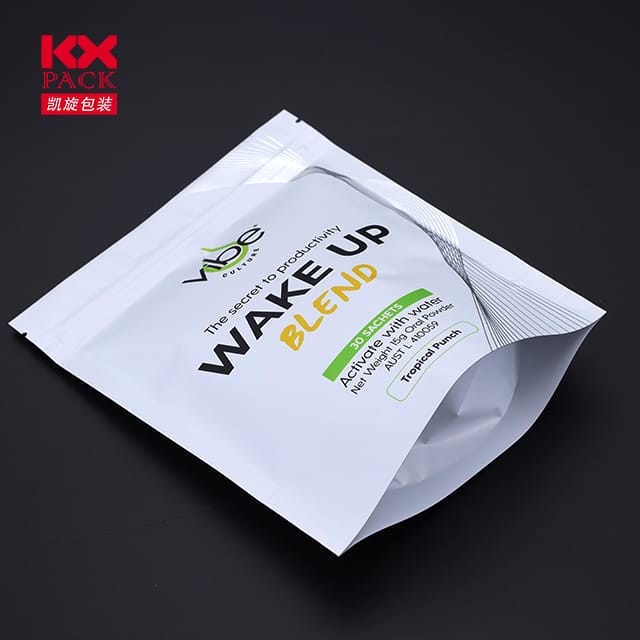The Double-Edged Sword of Plastic Food Film: Wygoda vs.. Consequences
Plastic Food Film
In the modern kitchen, plastic food film (Znany również jako film Cling, Opakowanie sugestii, lub folia plastikowa) is a ubiquitous tool. It stretches effortlessly over leftovers, seals in freshness, and keeps foods from drying out or spoiling. But beneath its transparent, seemingly harmless surface lies a complex environmental and health debate. Let’s unpack the pros, cons, and emerging alternatives to this kitchen staple.
The Upside: Why We Can’t Live Without It (Już)
- Convenience King
Plastic food film’s claim to fame is its ability to cling to bowls, talerze, and even oddly shaped containers without adhesives. It’s lightweight, inexpensive, and disposable—qualities that align perfectly with our fast-paced, ciągły tryb życia. - Food Waste Warrior
By extending the shelf life of perishables like fruits, warzywa, and cheeses, plastic film helps reduce household food waste. A 2021 study estimated that 30% of global food loss occurs post-harvest but pre-consumption, and proper storage tools like plastic film play a role in mitigating this. - Hygiene Hero
In commercial settings (restaurants, catering), plastic film creates a barrier against cross-contamination, a critical factor in food safety.
The Downside: The Hidden Costs of Convenience
- Environmental Nightmare
Most plastic food films are made from polietylen (PE) Lub Chlorek poliwinylu (PVC), neither of which is easily recyclable. Even “recyclable” versions often end up in landfills or oceans due to contamination or lack of infrastructure.- MEKROPLASTA ZAGRANICZA: When degraded, these films fragment into microplastics that infiltrate soil, Drogi wodne, and the food chain. A 2022 report found microplastics in human blood for the first time, raising concerns about long-term health impacts.
- Climate Impact: The production of single-use plastics accounts for 6% of global oil consumption—a staggering figure for a product used for minutes before lasting centuries in ecosystems.
- Health Questions
PVC-based films may contain phthalates, chemikalia związane z zakłóceniami hormonalnymi, problemy reprodukcyjne, and developmental problems. While many countries now regulate phthalate use, concerns persist about low-dose exposure and cumulative effects.
Breaking Free: Sustainable Alternatives Gaining Traction
- Reusable Silicone Lids & Covers
Elastyczny, hermetyczny, i bezpieczny do zmywarki, silicone lids stretch to fit various containers, eliminating the need for single-use wraps. - Beeswax & Plant-Based Wraps
Made from cotton infused with beeswax, jojoba oil, and tree resin, these wraps are compostable and reusable for up to a year. Vegan versions use soy wax or candelilla wax instead of beeswax. - Glass & Stainless Steel Containers
Wytrzymały, hermetyczny, and eternally recyclable, these containers cut out plastic entirely. Premia: They’re microwave-safe (minus the lid) and freezer-friendly. - Filmy jadalne
Researchers are developing biodegradable films from seaweed, cassava starch, or milk proteins. While not yet mainstream, these innovations could redefine food packaging.
Making Smarter Choices Today
While waiting for systemic change, here’s how to reduce your plastic film footprint:
- Buy in Bulk: Purchase pantry staples in reusable containers to minimize pre-packaged waste.
- Przechowuj mądrze: Use airtight ceramic or glass containers for leftovers instead of wrapping.
- Compost Cautiously: If using biodegradable wraps, check local composting rules—many require industrial facilities.
- Advocate for Change: Support brands prioritizing compostable packaging and push policymakers to ban single-use plastics.
Droga przed nami
Plastic food film isn’t inherently evil—it’s a symptom of a throwaway culture that prioritizes convenience over sustainability. The solution lies in innovation (greener materials), policy (przepisy dotyczące rozszerzonej odpowiedzialności producenta), and individual action (mindful consumption).
Next time you reach for that roll of plastic, ask yourself: Is there a better way? The answer, increasingly, isyes.
What’s your go-to eco-friendly swap for plastic food film? Share in the comments below! 🌱🍴https://www.youtube.com/@lsnpuff







